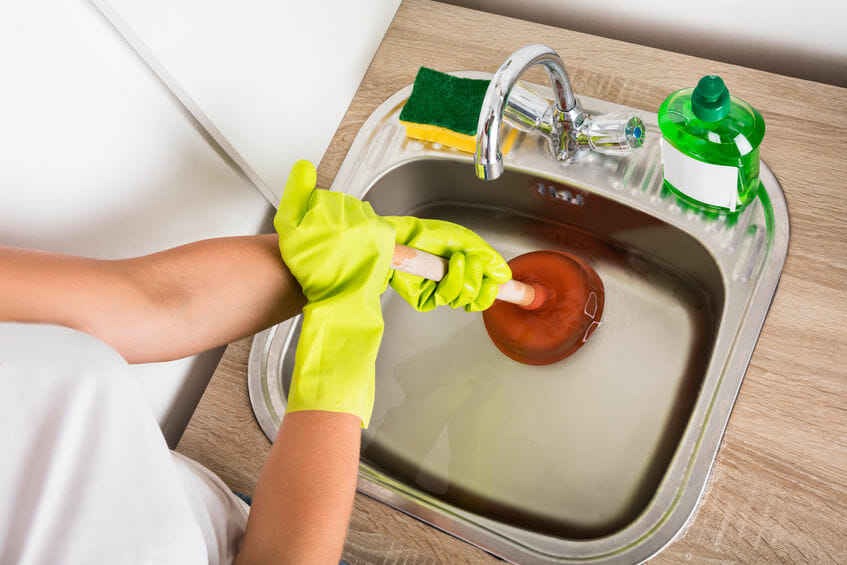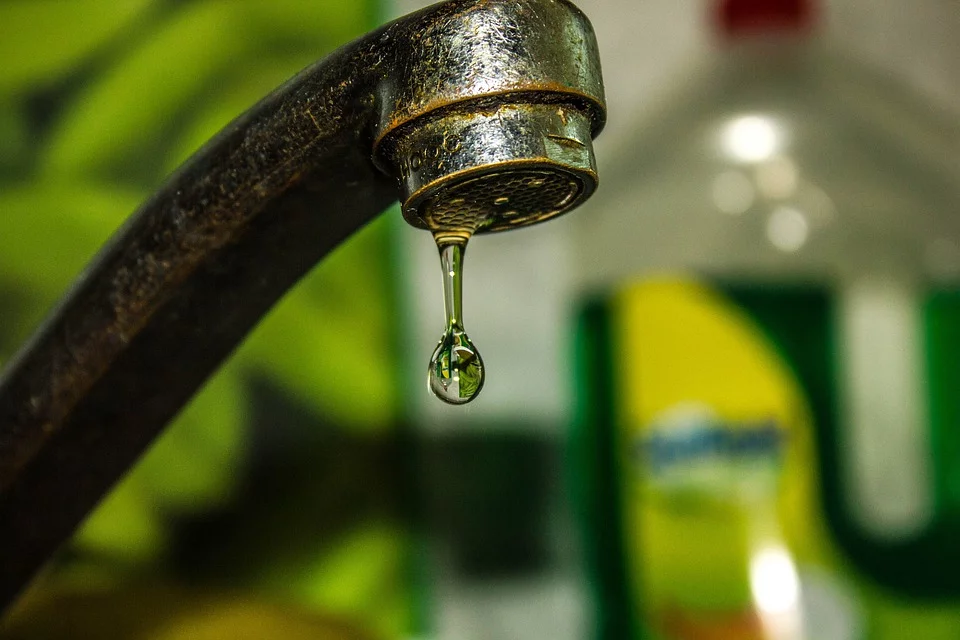Useful Plumbing Winterization Techniques to Avoid Pipe Bursts in Chilly Conditions
Useful Plumbing Winterization Techniques to Avoid Pipe Bursts in Chilly Conditions
Blog Article
Just about everyone has got their own conception about How to stop pipes from freezing during the winter.

All home owners who stay in warm environments should do their ideal to winterize their pipes. It is something you should do throughout autumn before deep winter months really begins. Failing to do so can lead to disaster like frozen, split, or ruptured pipelines. If the climate exterior is shocking, here are some handy winterizing hacks to keep your plumbing system protected even.
Attempt a Hair Clothes Dryer or Warmth Gun
When your pipelines are nearly freezing, your trusty hair dryer or warm gun is a godsend. If the warm towels do not aid dislodge any kind of clearing up ice in your pipes, bowling hot air straight into them might aid. However, do not utilize other things that create direct fires like a strike torch. This can lead to a larger calamity that you can not regulate. You might wind up harmful your pipes while attempting to melt the ice. As well as over time, you might also wind up burning your home. Beware!
Open Up Cabinet Doors Hiding Plumbing
When it's chilly outside, it would be practical to open up cupboard doors that are concealing your pipelines. They can be somewhere in your cooking area or shower room. This will permit the warm air from your heater to flow there. Therefore, you avoid these revealed pipes from freezing. Doing this tiny trick can maintain your pipes cozy and also restrict the potentially dangerous results of freezing temperature levels.
Take Time to Wrap Exposed Pipeline
One simple and also awesome hack to heat up cold pipelines is to cover them with cozy towels. You can additionally utilize pre-soaked towels in warm water, simply do not forget to use safety handwear covers to safeguard your hands from the warmth.
Turn On the Faucets
When the temperature level decreases and also it seems as if the cold temperature level will certainly last, it will certainly aid to activate your water both indoors as well as outdoors. This will certainly maintain the water moving with your plumbing systems. Furthermore, the movement will certainly decrease the cold process. Notably, there's no need to transform it on full blast. You'll wind up wasting gallons of water by doing this. Rather, aim for about 5 decreases per minute.
When Pipelines are Frozen, shut Off Water
Switch off the major water valve instantly if you observe that your pipes are completely frozen or almost nearing that stage. You will typically locate this in your cellar or laundry room near the heating system or the front wall closest to the street. Transform it off today to prevent further damages.
Don't fail to remember to shut exterior water resources, too, such as your connection for the yard home. Doing this will certainly stop additional water from filling out your plumbing system. Sadly, with even more water, more ice will certainly accumulate, which will at some point bring about burst pipes. It is best to call an expert plumber for an inspection if you are uncertain regarding the state of your pipes this winter. Taking this aggressive method can save you thousands of dollars out of commission.
All homeowners who live in warm environments should do their ideal to winterize their pipes. Failing to do so can spell disaster like frozen, broken, or ruptured pipes. If the hot towels do not help remove any kind of resolving ice in your pipes, bowling warm air straight into them might assist. Transform off the primary water shutoff instantly if you notice that your pipelines are entirely frozen or almost nearing that stage. With even more water, more ice will certainly pile up, which will ultimately lead to rupture pipes.
PREVENT YOUR PIPES FROM FREEZING THIS WINTER
A Leading Cause of Property Damage
When the weather is taking a deep nose dive into the cold dreary days, the risk of your pipes freezing and potentially bursting skyrockets. Unfortunately, during these cold dreary months, burst pipes are the most common denominator for property damage. The pipes that are most at the risk are those that are in areas where it is most cold in your home. For instance, pipes located in interior places such as basements, attics, and your garage. Unfortunately, that doesn’t mean that the pipes running through your cabinets or exterior walls can’t freeze. Good news, however, is that you can do things to help prevent pipes from freezing.
How to Prevent Pipes From Freezing
Once the temperature starts to drop during the winter, you should be taking the proper measures needed to ensure that your pipes stay warm and that there is circulation of water through them. Some steps that experts may recommend could go against your better judgement when it comes to saving water and heat. However, it would go without saying that when expenses are compared, damaged pipes could put a bigger dent in your wallet than a water bill.
What Can I Do?
Keep your garage door closed. This is very important, especially if you have water supply lines running through your garage. Open your kitchen and bathroom cabinets to allow warm air to circulate through them. Allow air circulation throughout your home. Keeping the interior doors open will once again allow the warm air to circulate inside your home. Ensure your thermostat is running the same temperature throughout the night and day. If you plan to be away from home during the cold months, set your temperature no lower than 55° F. This should provide enough heat to keep the pipes warm and prevent any remaining water inside the pipes from freezing. For more of a long-term solution, add insulation to attics, basement, and other crawl spaces around your home. By allowing your faucet to drip, it will alleviate pressure in the system. This is important because the pressure that is created between the blockage and the faucet can potentially cause the pipes to burst. Allowing the faucet to drip will prevent the pressure from building up, therefore keeping the pipes from bursting. Seal any cracks, openings, and crawl spaces around your home to prevent cold air from coming inside. This keeps your pipes-not to mention your home-warmer and less susceptible to issues caused by freezing temperatures. For the pipes in your home that are easily accessible, applying electrical tape to them might prevent them from freezing over. This is a quick fix, as you can apply the tape directly to the pipe. There are two options for heating tapes. One turns on and off by itself when it senses heat is needed. The other type of heating tape needs to be applied when heat is needed and removed when not necessary. If you have exposed pipes in your home, you can check this website to take a look at a few options that would be available at a shop near you.

Do you really like reading up on How to Prevent Frozen Pipes? Give a remark down below. We'd be glad to see your views about this article. Hoping that you come back again later on. Appreciated our blog posting? Please share it. Help others locate it. We love reading our article about How to Prevent Frozen Pipes.
Plumbing crisis? Contact our experts. Report this page